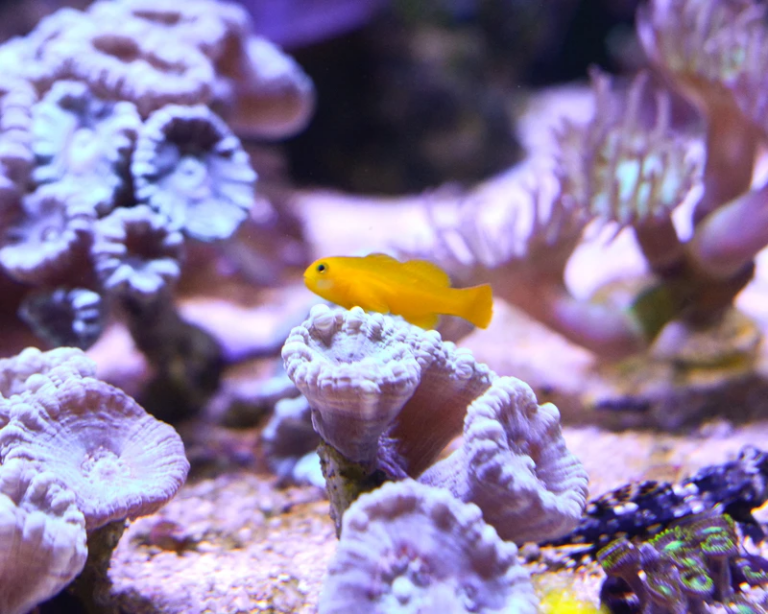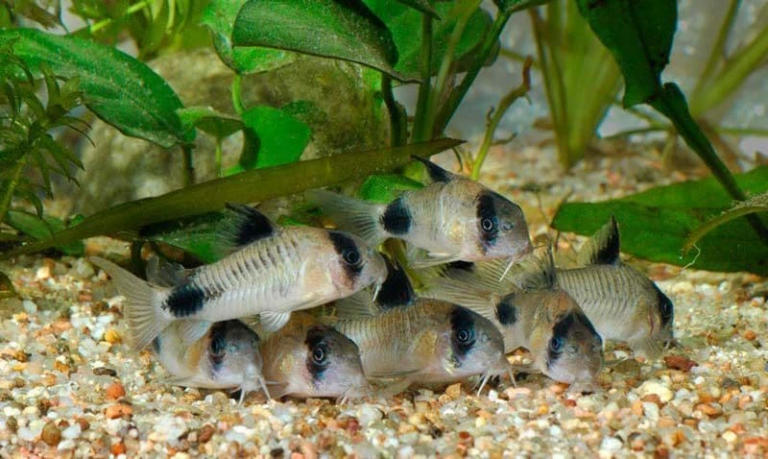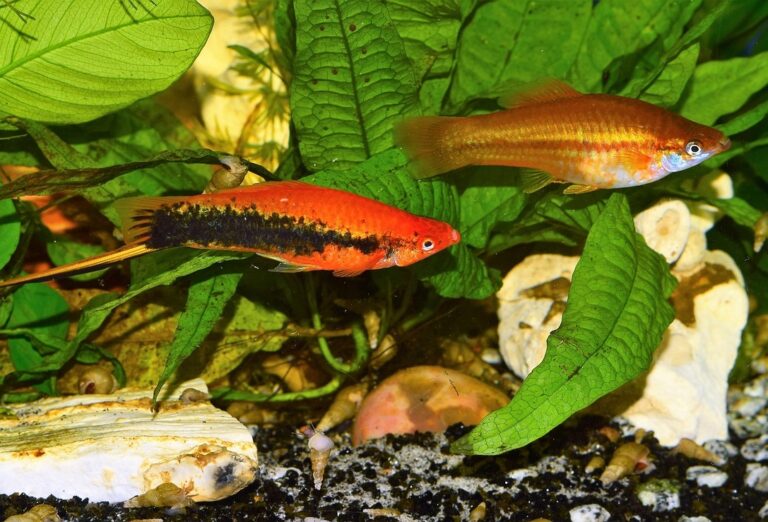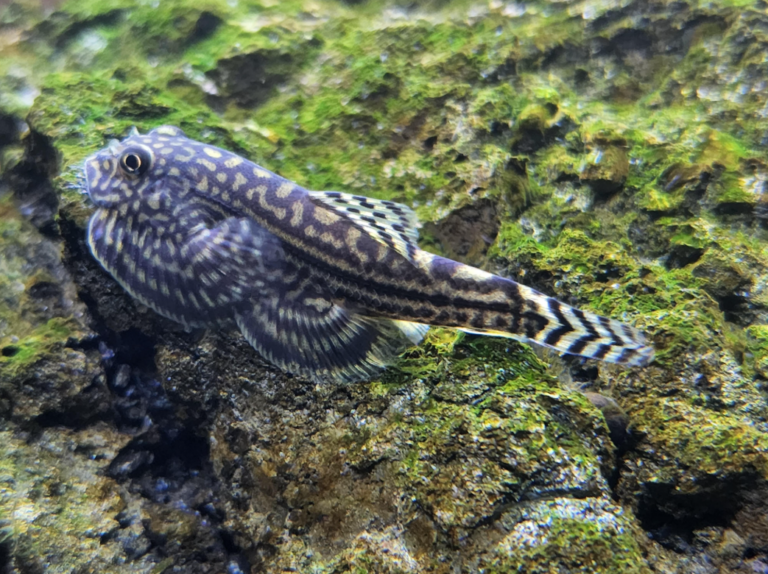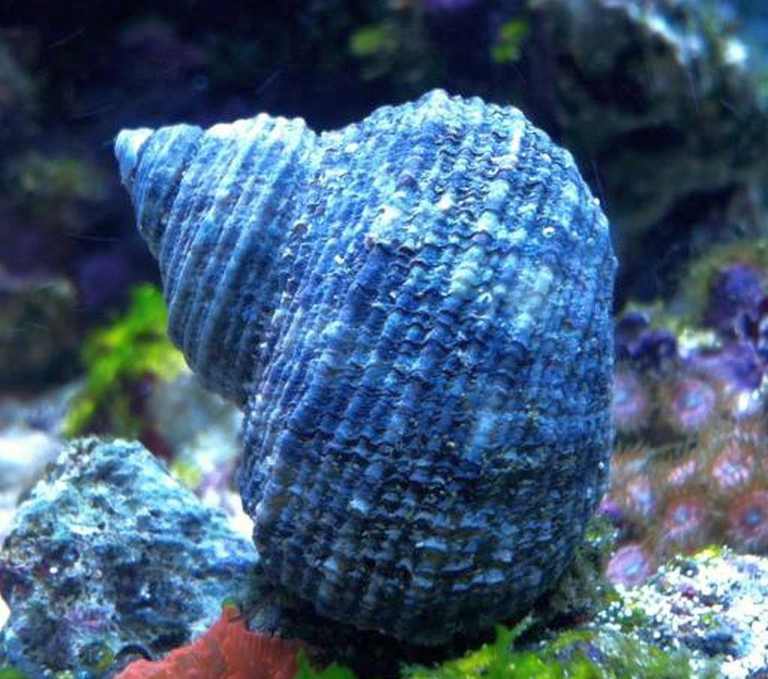Tips to help you identify true Corydoras julii and provide optimal care for maximizing its 5 – 7 years lifespan. In this comprehensive guide you will get Step by step breeding, tank setup, health, and much more tips for keeping this species successfully.
Getting Started & How-Tos
Here you’ll find dedicated guides about all things related to Getting Started and How-Tos for your aquarium. On this page, a beginner can get some creative ideas about different aquatic plants, saltwater and freshwater fish, as well as general care guidelines. The experienced hobbyist is not overlooked either as they will gain in-depth insights while examining the comprehensive guides in this section.
When I started in this hobby years ago, and even to today, the detail these articles provide would have saved me so much headache. Even to this day I refer to these articles when I set up or change a tank. Having all of this information in one place is truly invaluable, enjoy!
Is Clown Goby Reef Safe?
When it comes to setting up a stunning reef aquarium, choosing the right fish breeds is crucial. One popular and eye-catching option for reef tanks is the Clown Goby. In this article, we will delve into the world of Clown Gobies and determine whether they are reef safe or not.
Gold Laser Corydoras (Corydoras sp. CW101): The Ultimate Guide to Care, Breeding & Tank Setup
Give your aquarium a some color with the Gold Laser Cory, a schooling bottom-dweller famous for its golden appearance, cheerful personality, substrate cleaning efficiency, and low maintenance.
What Is The Behavior Of A Halfbeak Fish?
Halfbeak fish are fascinating creatures known for their unique behavior and lively nature. In this article, we will explore the various aspects of their behavior, including their social interactions, feeding habits, reproduction, defense mechanisms, and more. So, let’s dive into the world of halfbeak fish and discover the wonders of their behavior.
Panda Corydoras: (Hoplisoma Panda): The Playful Bottom-Dweller for Your Aquarium
Panda Corydoras are a beginner-friendly bottom dweller perfect for your community aquarium. In this article you will be mesmerized by their synchronized swimming as we detail how to care for these lovable pet fish.
What Is The Difference Between Killifish And Panchax?
If you are a fish enthusiast or looking to expand your underwater pet collection, you may have come across the names “Killifish” and “Panchax.” These two types of fish share some similarities, but they also have distinct characteristics that set them apart.
Are Swordtails Easy To Keep?
Swordtails are a popular breed of fish among aquarium enthusiasts. Known for their vibrant colors and distinctive sword-like tail, these fish add beauty and charm to any tank.
Hillstream Loach: The Graceful River Dweller for Your Aquarium
Discover the most popular Hillstream Loach species and how you can make them comfortable in your home aquarium while employing them as natural algae cleaners. This article will include the best maintenance, health, tank setup, breeding, and many other tips for your Gastromyzontid.
Peppered Cory Catfish (Corydoras Paleatus): The Speckled Bottom-Dweller for Every Aquarium
Did you know bottom-dwellers, like the Peppered Corydoras, can be engaging pets to keep in your aquarium? In this guide you will learn the best healthcare, tank setup, breeding, and much more tips for maintaining Peppered Corydoras in your aquarium.
Mexican Turbo Snails (Turbo fluctuosa): The Ultimate Cleanup Crew for Your Reef Tank
The colorful Mexican Turbo Snail, with its unique algae-eating efficiency is the ultimate reef-safe tank cleaner. This article will teach you how to create an environment conducive to giving your turbo snails a long, healthy life while they serve as a low-maintenance cleaning crew in your saltwater aquariums.


